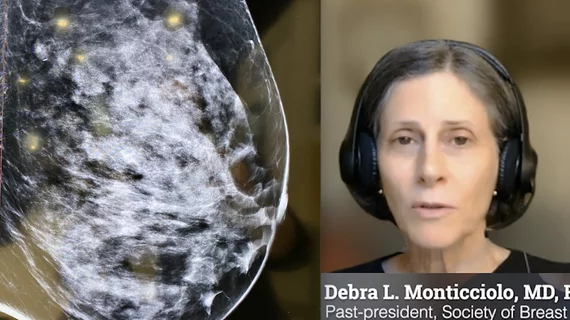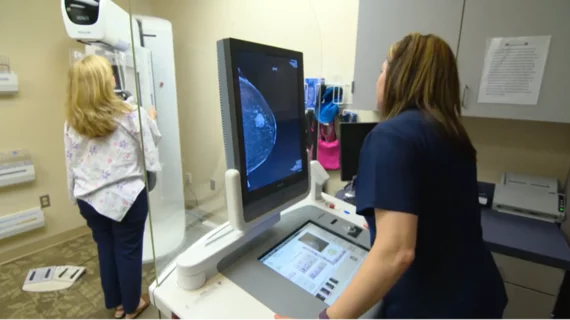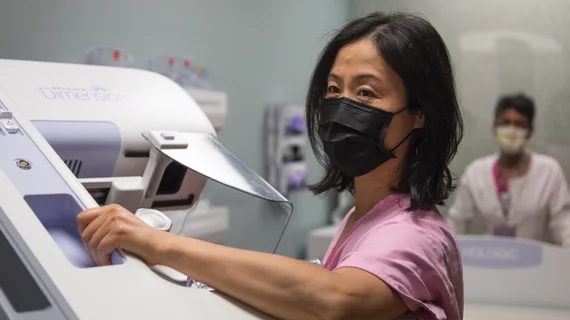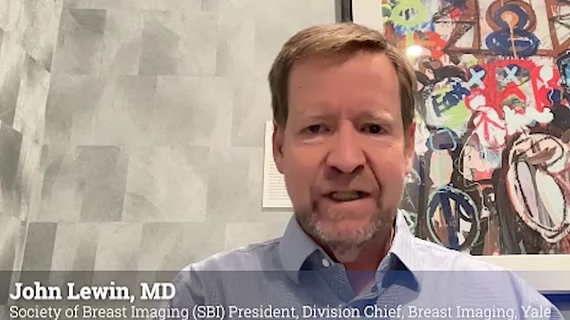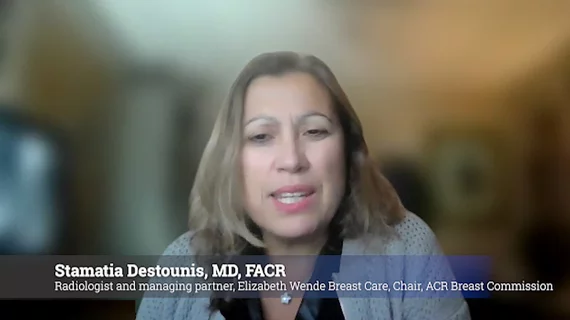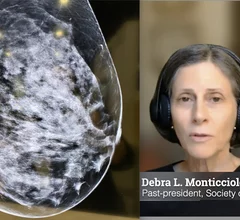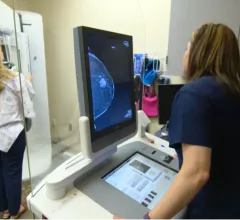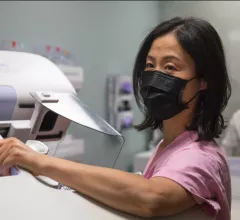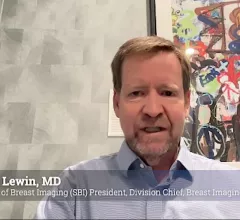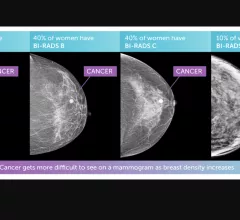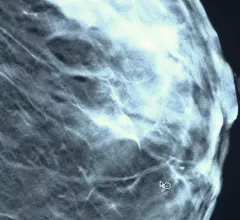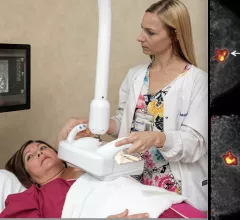Society of Breast Imaging (SBI)
The core purpose of the Society of Breast Imaging (SBI) is to save lives and minimize the impact of breast cancer. SBI says it is a champion for the science of breast health, scientific integrity in women's health and fosters collaboration among breast imagers. SBI works closely with the American College of Radiology (ACR) on many policies and issues regarding mammography.
Displaying 1 - 8 of 24

